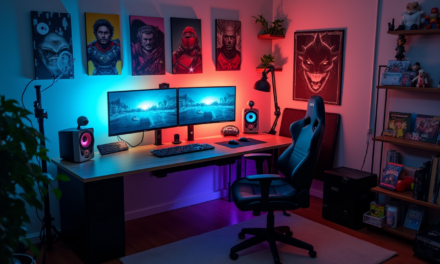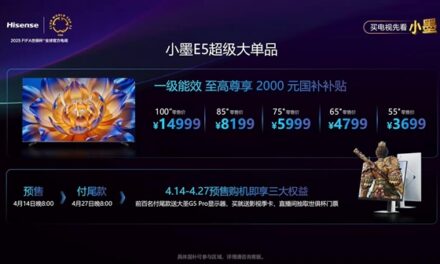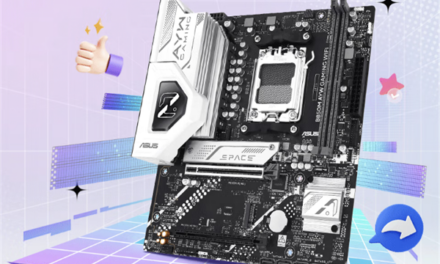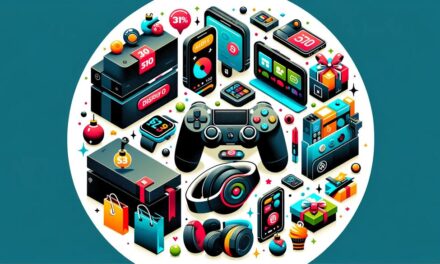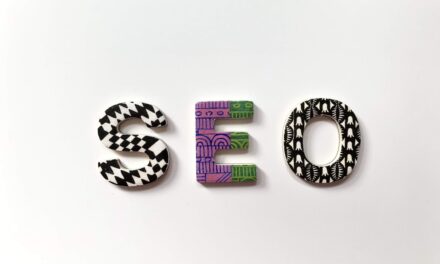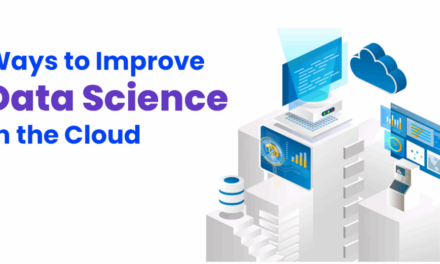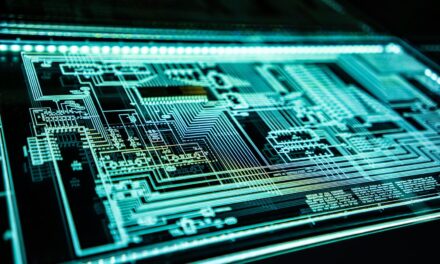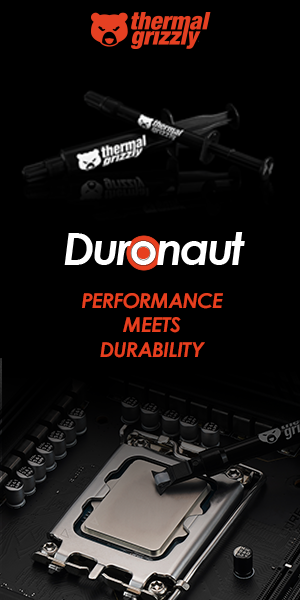
How Remote Monitoring Enhances Security and Everyday Efficiency
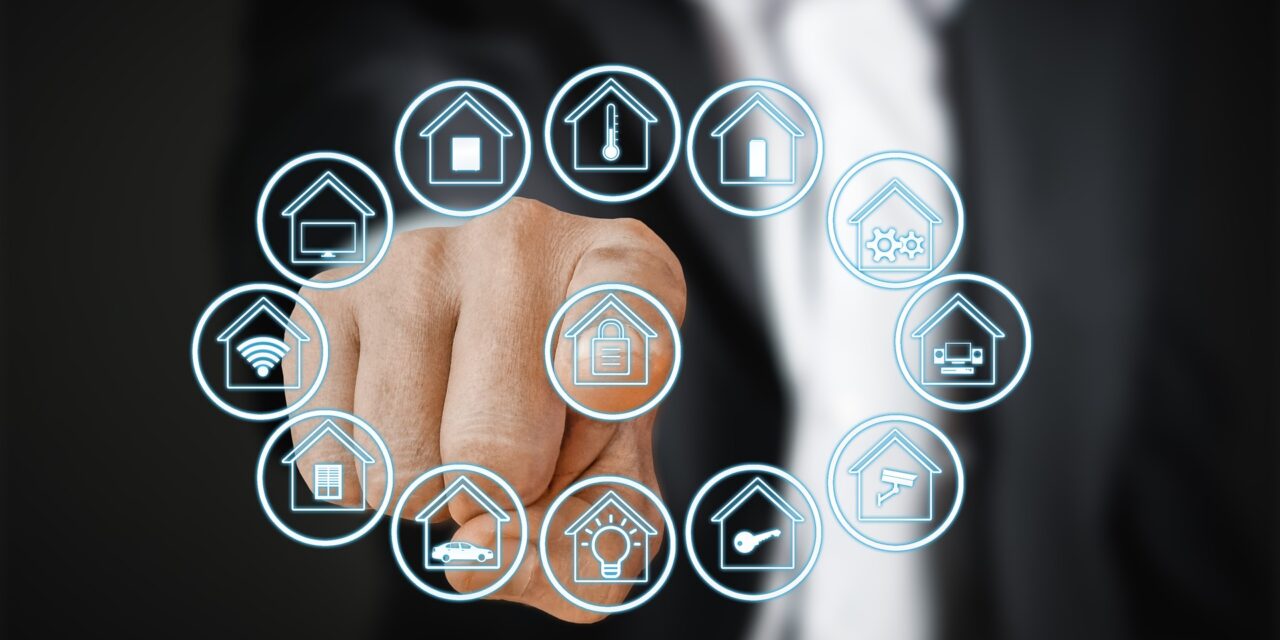
Remote monitoring technology is becoming an essential part of modern life. It helps businesses protect data, improves home security, and even enhances healthcare. With the right tools, users can monitor digital activity, track performance, and detect threats before they become serious issues.
While some people worry about privacy risks, ethical remote monitoring offers real benefits. Whether securing sensitive information or improving daily convenience, these tools help individuals and companies stay informed and in control in an increasingly digital world.
The Role of Remote Monitoring in Cybersecurity
Cybersecurity threats are constantly evolving, making it essential to stay ahead of potential risks. Many businesses and individuals use remote monitoring software to detect suspicious activity, block unauthorized access, and prevent cyberattacks. These tools provide real-time alerts, ensuring quick action can be taken before data is compromised.
For those seeking personal security tools, free spyware apps have gained popularity. Some of these applications are designed to help users monitor their own devices for hidden tracking software, while others are used for parental control or workplace security. However, it is important to use these tools ethically and legally. Understanding how they work can help users make informed decisions about privacy and security.
Beyond cybersecurity, remote monitoring also plays a role in preventing fraud. Financial institutions use AI-driven surveillance tools to detect unusual transactions, while businesses implement security measures to prevent unauthorized access to sensitive data. By combining monitoring technology with best practices, individuals and companies can significantly reduce their exposure to digital threats.
Safety and Convenience in One System
Home security has evolved beyond basic alarm systems. Smart cameras, motion detectors, and automated locks allow homeowners to monitor their property from anywhere. With real-time notifications, homeowners can respond instantly to unexpected visitors, package deliveries, or security breaches. These systems provide an added layer of protection, deterring break-ins and enhancing peace of mind.
Remote monitoring also extends beyond security. Smart home technology includes devices that improve energy efficiency and home automation. Smart thermostats adjust temperatures based on daily routines, reducing electricity costs. Leak detectors prevent water damage by sending alerts at the first sign of an issue. Even lighting systems can be programmed to turn on and off based on occupancy, improving both convenience and energy savings.
AI-powered virtual assistants integrate with smart home monitoring, making it easier to control multiple devices from a single interface. Whether checking security footage, adjusting the thermostat, or setting up reminders, these tools help homeowners maintain security and comfort effortlessly. As technology advances, smart home monitoring will continue to play a key role in daily life.
How Remote Monitoring Is Revolutionizing Healthcare
The healthcare industry has embraced remote monitoring to improve patient care. Wearable health devices track vital signs like heart rate, blood pressure, and oxygen levels. This real-time data allows doctors to monitor patients from a distance, reducing the need for frequent hospital visits. Remote monitoring is especially beneficial for elderly patients and those with chronic illnesses who require continuous observation.
Advanced systems can even predict health issues before they become serious. AI-powered monitoring tools analyze patient data and alert medical professionals to potential concerns. This helps prevent complications and ensures patients receive timely treatment. In emergencies, automated alert systems notify healthcare providers immediately, allowing for faster response times and better outcomes.
Hospitals and clinics also use remote monitoring for equipment management. Sensors track the status of medical devices, preventing shortages and ensuring critical tools are always available. As telemedicine and digital healthcare continue to grow, remote monitoring will become an even greater asset in patient care.
Remote Monitoring for Productivity and Security
Many companies use remote monitoring to enhance efficiency and security. Businesses rely on network monitoring tools to track system performance, detect cyber threats, and prevent downtime. These tools help IT teams address issues before they disrupt operations, keeping businesses running smoothly.
Employee productivity tracking is another growing application. While some employees may be wary of monitoring software, when used responsibly, these tools can help improve workflow and time management. Remote teams benefit from project tracking and performance insights, ensuring that deadlines are met without excessive oversight.
Physical security is also a major advantage. Surveillance cameras, biometric access controls, and AI-powered security systems allow businesses to monitor offices and restricted areas. These tools help prevent unauthorized access, protect valuable assets, and enhance workplace safety. By combining cybersecurity, physical security, and productivity tracking, businesses can create safer and more efficient work environments.
Conclusion
Remote monitoring is a powerful tool for improving security, convenience, and efficiency. Whether used for cybersecurity, home protection, healthcare, or workplace management, these systems offer real benefits when implemented responsibly. As technology continues to advance, ethical and effective monitoring solutions will play a key role in keeping people and businesses safe in the digital age.

